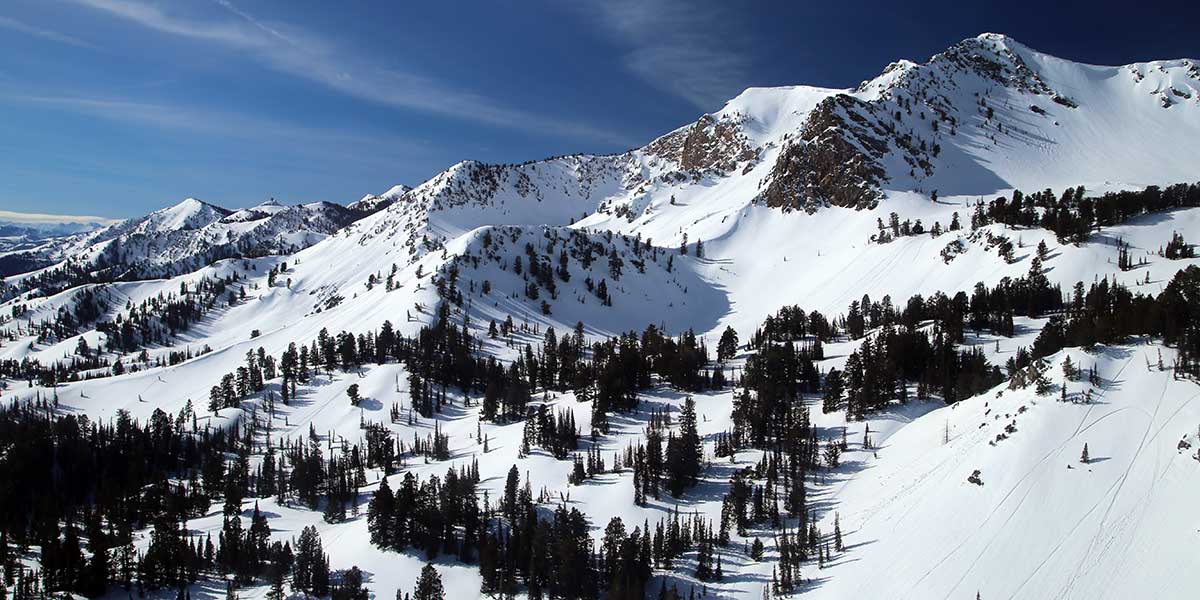
Morgan County, Utah, is a 611 square mile, lush, wooded valley surrounded by the beautiful Wasatch Mountains in northern Utah. The Weber River bisects it and nearly a third of the county is forested and undeveloped and provides fertile farming grounds. With a mere 12,295 total residents as of the 2020 census, it epitomizes a rural, small, western town atmosphere.
It is here where the recreational paradise of Wasatch Peaks Ranch (WPR) is located, nestled on 12,700 acres across 24 majestic continuous mountain summits, spanning 11 miles. The land was purchased in 2019 by a group of investors for an estimated $46 million, and it first opened in the 2021/22 season. It is just 35 minutes from downtown Salt Lake City, 10 minutes from downtown Ogden, and 10 miles from Snowbasin Resort. It features 3,000 acres of pristine alpine skiing terrain, 15 bowls and cirques, elevations ranging from 4,820 to 9,570 feet, private skiing, and one of the longest heli-ski runs (4,600’ vertical) in the U.S. The ranch is modeled after the exclusive Yellowstone Club, the private ski resort in Montana with members including Bill Gates and Tom Brady. Nine total chairlifts are planned for the area and Leitner Poma of America has already produced three high-speed quads with heated seats and a bubble to access the ski area.
And it’s not just the resort skiing. WPR members also can enjoy approximately 400 inches of snowfall a year, guaranteed uncrowded ski slopes, helicopter skiing, backcountry skiing, snowcat adventures, cross-country skiing, access to an 18-hole golf course, 80 miles of mountain biking and hiking trails, horseback riding, ATV riding, premier fishing on nearly two miles of the Weber River, and big-game and upland bird hunting on 20 square miles of natural alpine wilderness. There are also 11 creeks that weave through the ranch for over 35 miles, numerous ponds, tree-lined meadows, and wildflower-covered hills.
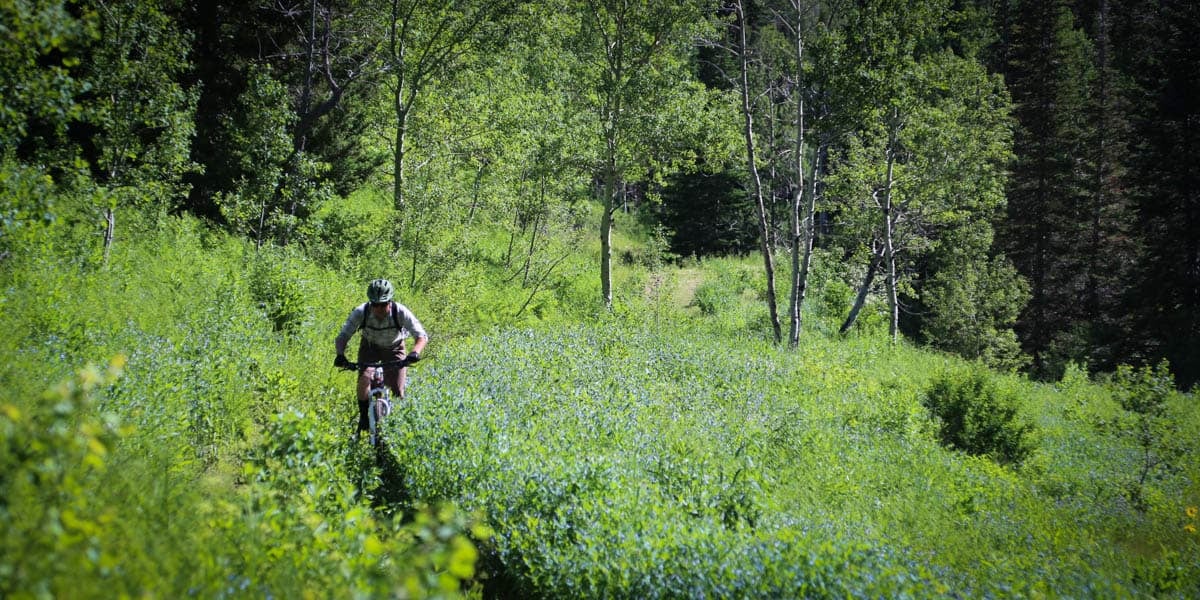
WPR has some pedigree from Deer Valley, another ski resort in Utah that caters to the skiing elite. WPR’s president and CEO, Bob Wheaton, was formerly the general manager at Deer Valley. Also, one of WPR’s investors is Lessing Stern, the son of Deer Valley’s founder, Edgar Stern. Deer Valley is known in the skiing industry as one of the most luxurious ski resorts in the world and while Deer Valley is open to the public, it makes one wonder what Wasatch Peaks Ranch is like knowing it was designed solely to be an exclusively private ski resort.
However, access to this luxury oasis is not for everyone. WPR caters to the wealthiest 1% of the 1%. The barriers to entry are high. Membership starts at $500,000, not including the cost of one of the planned 750 multi-million-dollar residences, or annual dues. More ambitious members can buy equity in the project in $5 million increments.
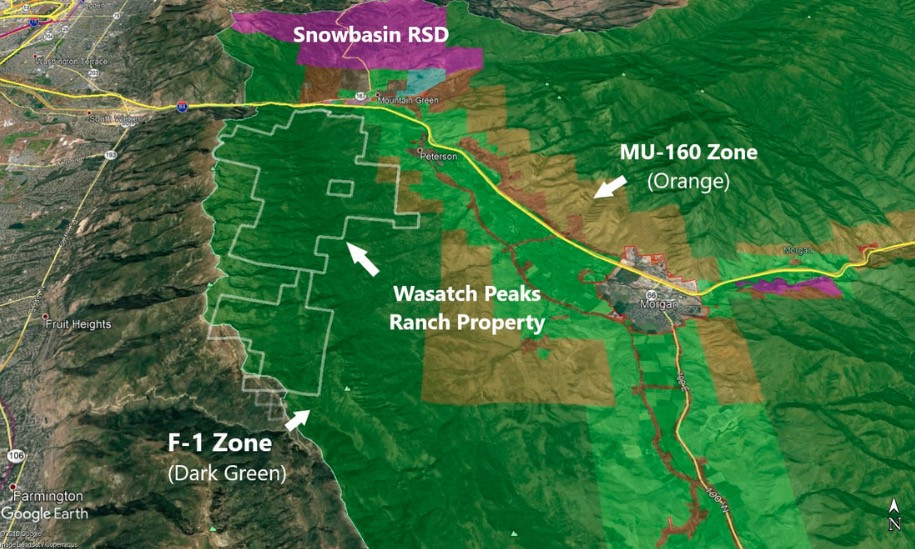
However, another barrier has been ongoing, in the form of a legal battle between WPR and some of the residents of Morgan County.
In October 2019 the county council voted 6-1 to approve rezoning the land from “forestry” and “multiple use” to a “resort special district.” This paved the way for WPR to be built. The county council approved the rezoning despite a letter that was delivered to them with 1,000 Morgan County resident signatures opposing the rezoning and the subsequent development agreement.
Not willing to accept the council vote, five Morgan County residents filed a petition to have the rezoning go to a referendum (general vote) the very next month.
Whitney Croft is a resident of Morgan County, has lived in Utah her entire life, and is one of the sponsors of the petition. She shared the reasoning behind the petition. “This was the biggest zone change in Morgan we’ve ever seen and I just wanted the people to have a say in it,” Croft said. “I don’t think the county did its due diligence in getting everybody’s voice heard and I thought why not let the people decide since this will alter the face of Morgan County and the people should vote on if they want it or not.”
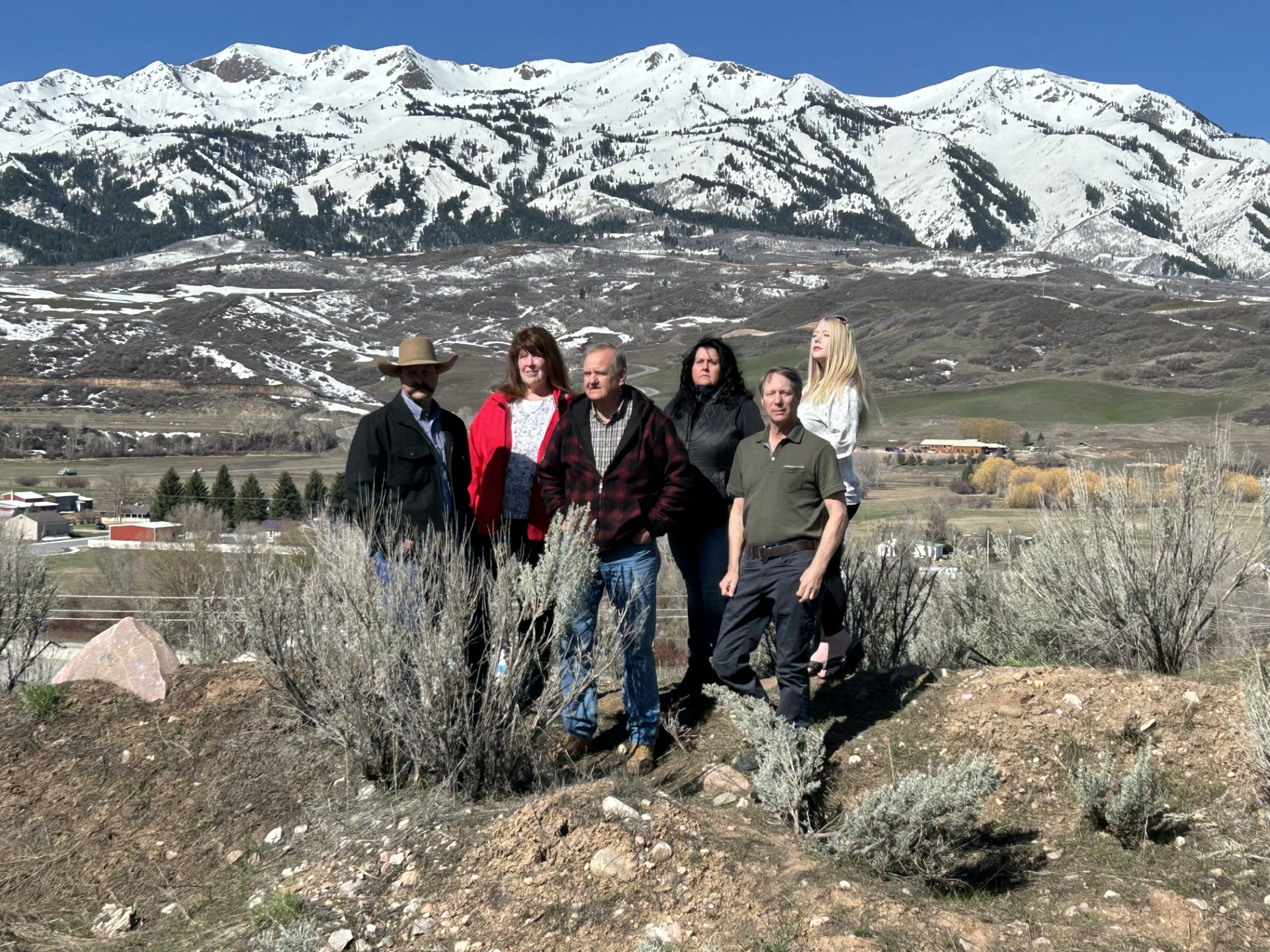
As previously reported in a story from The Daily Beast, all five of the sponsors came to the clerk’s office at 4:53 p.m. on November 6, 2019, to deliver the petition. The quickly approaching deadline to file was 5:00 p.m. They all signed the petition and had it notarized. It just so happened that an attorney for WPR was there that day and when the group filed the petition, she approached the clerk herself and told her to write down the exact time the petition had been handed in. The clerk did not have a time stamp, so the attorney told her to write 5:05 p.m. (five minutes past the cutoff time) on the document, which she did.
In the weeks following, WPR sent letters and emails to Morgan County, threatening to sue if the referendum application was not thrown out due to being untimely, having invalid notarizations, and lack of certification that the sponsors were residents of Utah. Finally, on November 19, 2019, WPR Filed a lawsuit against the Morgan County clerk to coerce her to reject the referendum application. Two days later the Morgan County clerk did just that.
With no other options, the group took to the courts by filing a lawsuit in the 2nd District Court to get the referendum approved. The District Court then directed them to take the case to the state Supreme Court after a judge ruled he lacked jurisdiction. Before they could file with the state, WPR mounted a pressure campaign to get them to back down by threatening to sue them if they went through with the referendum.
WPR declined a formal interview for this story, but Managing Director, Ed Shultz, provided numerous statements via email. “The Wasatch Peaks Ranch development was approved by the Morgan County Council by a 6-1 vote in October 2019 after a rigorous review process including 10 public hearings,” Shultz pointed out. “Despite the public support and the Council’s nearly unanimous vote, the five sponsors disagreed with the county’s decision to approve the development ordinance. I cannot speculate on their personal reasons for opposing the County’s decision.”
When the sponsors took the case to the Supreme Court, WPR followed through on its threat to sue. On May 14, 2020, the company filed $5 million lawsuits against each of the sponsors and later increased it to $10 million claiming it had purposefully filed a “legally flawed” referendum to stall the developer’s progress. Additionally, WPR claimed the stalled referendum campaign had put one of its funding rounds on pause and cost them millions in investments.
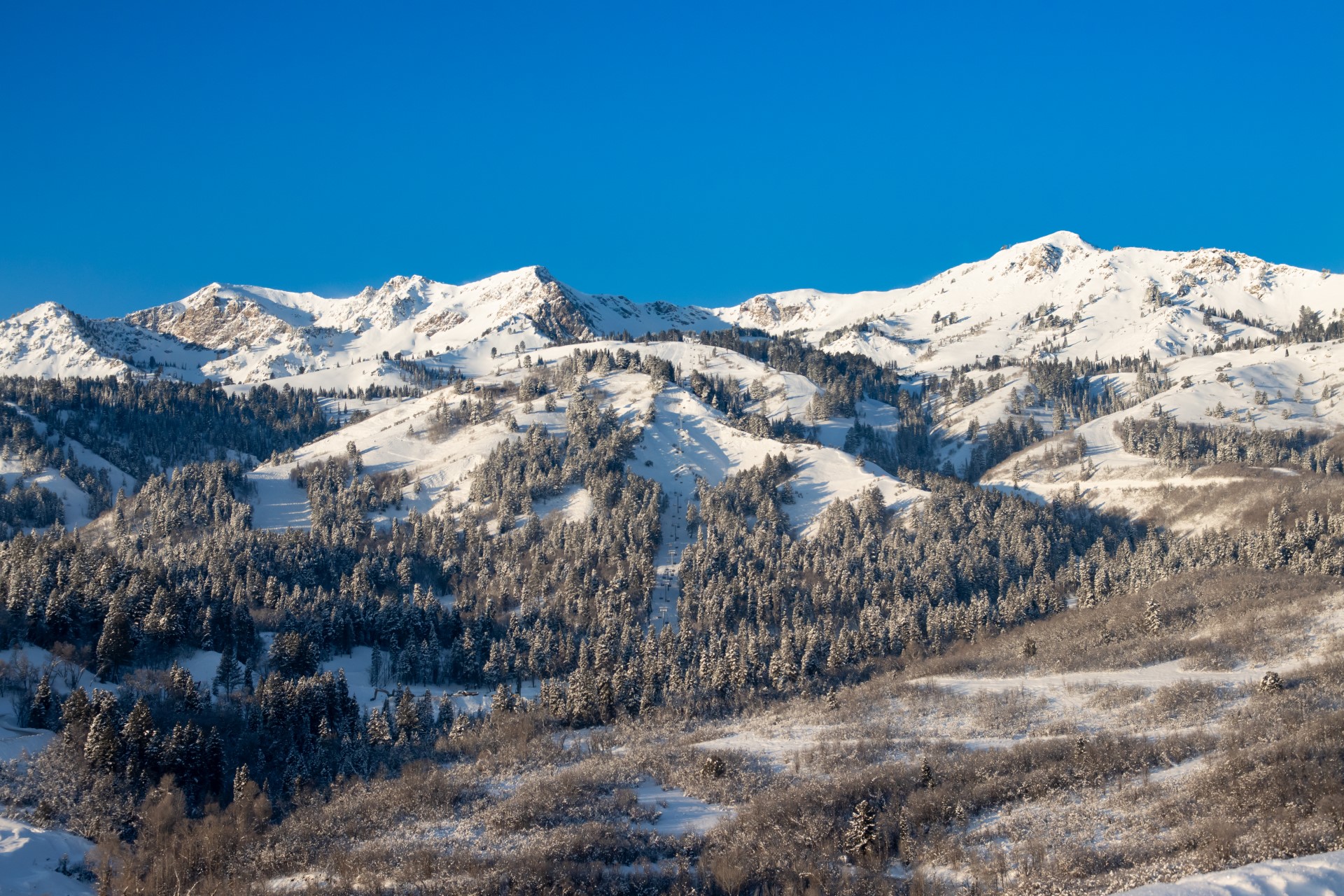
Over a year went by before in August and September of 2021 the sponsors claimed two huge victories. First, The Supreme Court ruled that the district court did have jurisdiction, putting the issue back on the 2nd District Court. After that, the developers’ suit against the sponsors was dismissed, with the judge ruling that the residents had a right to oppose the development and that they had employed no “improper intent or improper means.” The sponsors are now seeking punitive damages from WPR.
Finally, in September of 2023, the judge ruled in favor of allowing a referendum that will let Morgan County residents decide if they approve of the rezone. The basis for the ruling was that the county council’s decision would impact a specific site and result in a new zoning classification. The judge also determined the five Morgan County residents who filed the petition in 2019 had met all deadlines and requirements on their application despite what he called “aggressive” efforts by Wasatch Peaks Ranch representatives to ensure they didn’t.
Wasatch Peaks Ranch filed an appeal within hours of receiving the judge’s decision. The case will soon be sent back to the Utah Supreme Court which also considered the case in 2021 but remanded it back to district court.
Robert Bohman is a retired fire service worker whose family came to Utah in 1863. He brought up a document titled “Envision Morgan,” which was a survey the county undertook in 2008 to see what the residents wanted the county to look like in the future. The results of the survey showed a strong preference for preserving the county’s natural resources and small-town way of life. Prioritizing agricultural space over resort towns was also a noted outcome.
“Envision Morgan set forth how you wanted to create this community for the future generations and your grandchildren,” Bohman described. “That vision designated these mountains for preservation and very little growth. WPR is a 180-degree turn from the vision.” The results of the survey were never officially coded into law, but the sponsors of the referendum say it is much more representative of what the residents want than a single county council vote.
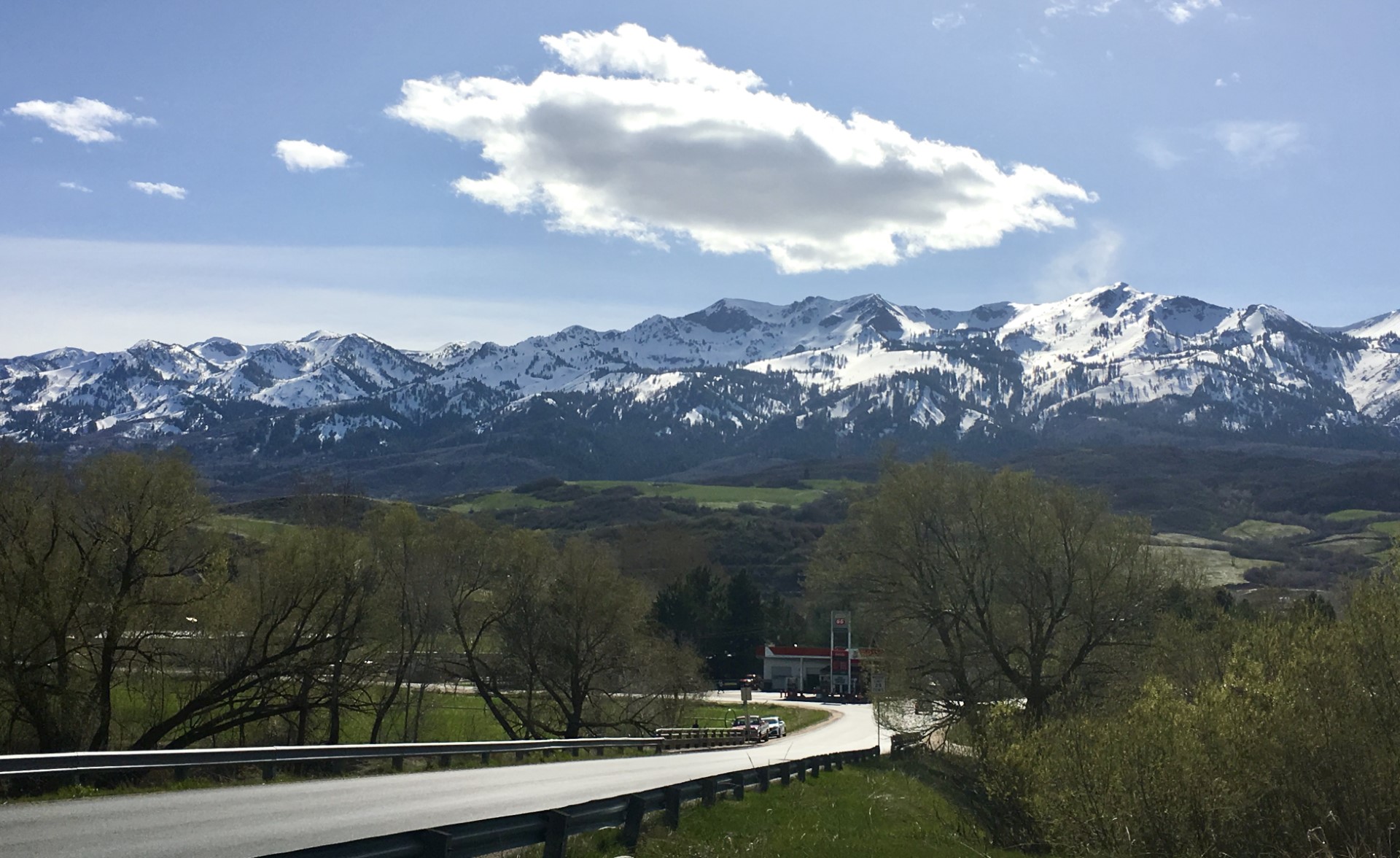
Croft agrees with Bohman. “I would like to see the county follow [Envision Morgan] because why bother to do those documents if we are essentially throwing them out?” she said. “I’m not necessarily against WPR. I just think we should follow what the public wants. This way you get people to vote on something and you get an answer on what the public wants.”
Bohman also recollected that a ski resort was part of the plan in the county. “Envision Morgain did call for a small resort and they used the term ‘focused resort’ in the mountains above Peterson,” he stated. “The purpose was to allow community access and recreational amenities. Of course, WPR does not provide either. On top of it, WPR is not just a resort, but a creation of an entirely new village and housing development.”
Schultz had a different viewpoint, noting that there will be plenty of open space at WPR. “This area of Morgan County has always been privately owned,” Shultz wrote. “Before it was purchased by Wasatch Peaks Ranch, the development of a large public resort was a viable option for the land. WPR’s footprint will be far less impactful. The WPR development would be required to have at least 65% open space. WPR plans to exceed this and would preserve more than 70% of open space. That total would be more than 9,000 (of the 12,700) acres of open, undeveloped land.”
Shultz also believes that WPR will benefit Morgan County in multiple ways. One way is tax revenue as WPR would be one of the largest taxpayers in the county. For tax year 2022, WPR and its members paid over $2.2 million in taxes. Historically, about one-third of these funds go to the County and related entities, and about two-thirds go to the School District. WPR would not strain county resources either since its roads and infrastructure are all privately owned and maintained, and it funds its own fire department and crew. WPR homeowners would also contribute to the tax base without adding more children to classrooms as the majority of WPR homeowners will not be living in Morgan County full-time. They would also pay the full tax rate and not benefit from the 45% fair market value Homestead Exemption like the majority of County residents. WPR is projecting to pay $4.3 million to Morgan County in taxes in 2023.
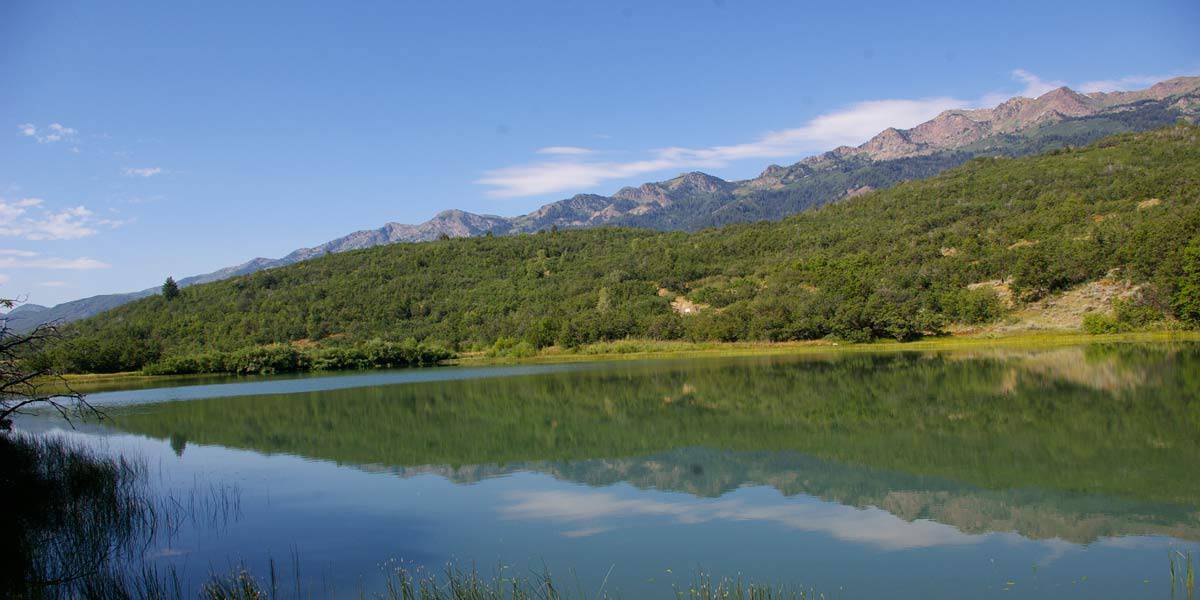
Additionally, Schultz pointed out that WPR would create job opportunities directly with WPR and indirect jobs for construction, contractors, subcontractors, and service providers. WPR already employs 190 people, 40 of whom live in Morgan County.
Although WPR will have plenty of open space and mostly be out of sight given its private status, the sponsors feel that allowing WPR to continue its path could create a dangerous precedent. The last thing they want is more rich developers coming in and buying more land to build another resort. The creation of glitzy ski resorts tends to fuel the wealth gap and hurt the working-class residents, by increasing prices, specifically for real estate and long-term rentals. The reduced affordability eventually squeezes the working class to live outside the area crushing the local culture. The county’s general plan, which was published in April 2022, even has multiple sections that say, “The people do not want Morgan to become another Park City.”
Throughout the legal showdown, the developers have been slowly pressing forward on construction. Despite the referendum being approved, WPR recently requested approval of permits for its “plat 3A” subdivision, using the zoning that was previously approved by the county council. However, according to Utah state law, if a zoning law change is subject to a referendum, the original zoning remains in place until citizens have a chance to vote on the change.
Because of this, On December 1, 2023, the Second District Judge issued a temporary restraining order (TRO) against the private ski area to stop all further land development. It also cannot sell or transfer any property while the restraining order is in effect, however, “protective maintenance” will still be allowed.
There is still a lot that has to work its way through the courts, but if the referendum is eventually allowed, the Morgan County residents will have to gather about a thousand signatures to get it on the ballot. If the rezone is ultimately denied, it could jeopardize the resort’s future.
It is uncertain how the rest of Morgan County feels about the project. “I believe that at the time they approved the project before the shovels were breaking ground, the vote would have rejected this project,” Bohman stated. “Now that they’ve spent four years carving up the mountain illegally and in violation of the constitution of Utah, much of what you want to protect has been destroyed, so you may lose some people from that. The activities have compromised the referendum and the peoples’ rights tremendously.”
Shultz is optimistic for WPR going forward. “We are confident in the future of Wasatch Peaks Ranch and believe in the benefits this project would bring to Morgan County,” Schultz said “Since the TRO was filed, we have received an outpouring of support from the residents of Morgan County. Right now, we are focused on the contractors, subcontractors, and employees whose jobs were impacted by the final injunction. We are in the process of establishing a 501(c)(3) to support those who were financially impacted. These efforts are being driven by our members. We are focused on being a positive addition to Morgan County and a good neighbor in the community.”
The two parties in this battle are clearly willing to go to great lengths to reach their objectives. Will the residents of Morgan County get to vote on the issue or will WPR be allowed to continue with its development plan unabated? There appear to be pros and cons to both sides of this issue and ultimately the courts will decide how it is settled.

TRUNCATED TIMELINE
- October 30, 2019: Morgan County Approves the WPR Zoning Change and Development Agreement
- November 6, 2019: Sponsors Submit an Application for a Referendum Petition to Morgan County Clerk.
- November 19, 2019: WPR Files a Lawsuit Against the Morgan County Clerk to Intimidate the Clerk to Reject the Application
- November 21, 2019: Morgan County Clerk Rejects the Referendum Application Two Days After Being Sued
- November 27, 2019: Sponsors Appeal the Rejection of the Referendum Application to the District Court.
- March 13, 2020: District Court Dismisses the Sponsors’ Referendum Appeal for Lack of Jurisdiction.
- May 6, 2020: Sponsors File a Utah Supreme Court Appeal to the District Court Dismissal
- May 14, 2020: WPR Files a $5 Million Lawsuit against the Referendum Sponsors (later changed to $10 million)
- August 12, 2021: Utah Supreme Court Overturns District Court Dismissal of the Referendum Appeal.
- August 25, 2021: District Court Dismisses WPR’s Lawsuit Against the Defendants.
- October 19, 2021: Sponsors File a Motion for Summary Judgment to Grant the Sponsors’ Referendum Appeal.
- September 15, 2022: Defendants File a Motion for Punitive Damage Discovery as Part of their Countersuit Against WPR.
- November 17, 2023: Sponsors file for a Temporary Restraining Order and Injunction Against Morgan County and WPR.
- December 1, 2023: District Court Issues Temporary Restraining Order Against Morgan County and WPR. There will be a preliminary injunction.
- Today: Still Pending